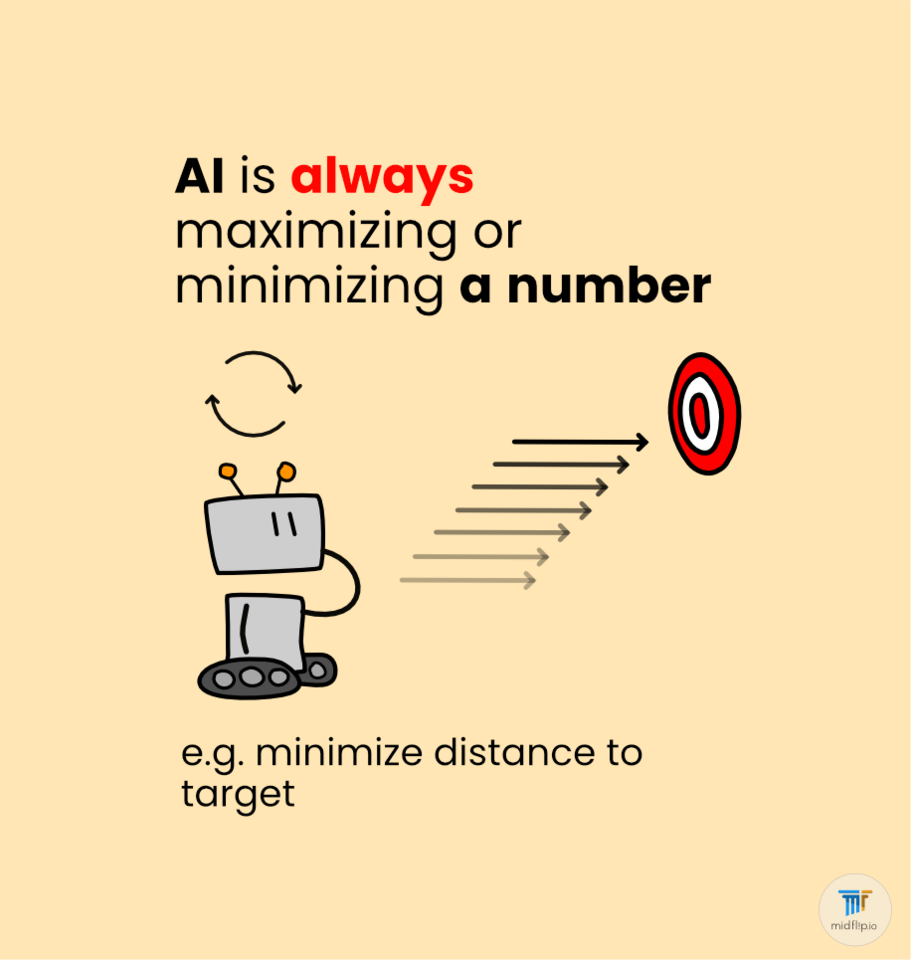Artificial neurons are the building blocks in neural networks that power various forms of machine learning and AI. These fundamental components take in data (inputs), weigh their importance (weights), and make decisions (activation function) to produce a specific output. Knowing how an individual artificial neuron works is not just academic; it's foundational to understanding the technologies that shape your daily life.
Anatomy of an Artificial Neuron
An artificial neuron has four main parts: Inputs, Weights, an Activation Function, and the Output. Let's explore this step-by-step, as illustrated in the visual aid above:
Inputs: The neuron receives data, known as inputs, from external sources or other neurons.
Weights: These inputs are then assigned a "weight," which determines their significance in the upcoming calculations.
Activation Function: The weighted inputs are processed by an activation function. This function makes a decision based on the data it receives.
Output: Finally, the activation function produces an output, which can either be a final result or serve as input for another neuron.
Neurons can be abstractly applied to many different types of problems. So, the meaning of the output decision is determined by the context.
Types of Activation Functions
Activation functions serve as decision-making mechanisms within an artificial neuron. Given the weighted inputs, the activation function provides the final output within a predictable range. (The predictable range is useful for further neurons within a network, or as a final output of the network.)
Let's look at three common types, as depicted in the visual aid above:
Sigmoid: This function squashes values between 0 and 1, making it useful for probabilities. However, it can suffer from "vanishing gradient" problems, limiting its use in deep networks.
ReLU (Rectified Linear Unit): ReLU activates a neuron if the input is above a certain quantity, usually zero. It's computationally efficient and widely used but can cause "dying ReLU" problems where neurons never activate.
Tanh (Hyperbolic Tangent): Tanh is like a scaled sigmoid, outputting values between -1 and 1. This makes it more balanced but still prone to vanishing gradients in deep networks.
The Role in Neural Networks
Neural networks are like well-organized teams, comprised of many neurons that learn to perform specialized tasks. These networks can link individual neurons in many different ways and can be trained in many different ways. This is delved into further in this article on neural networks.



Hot comments
about anything